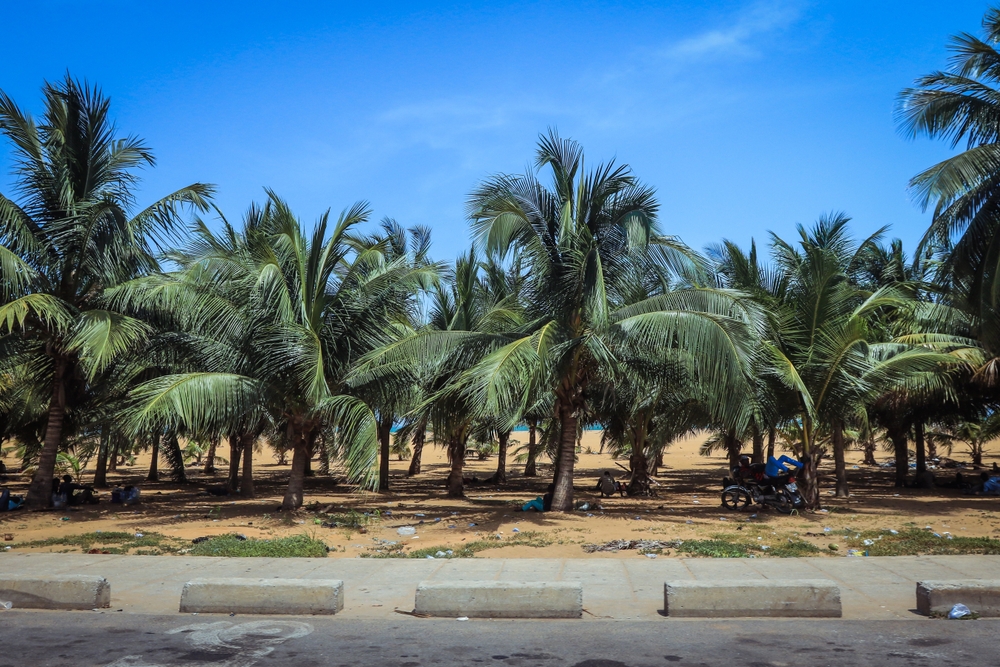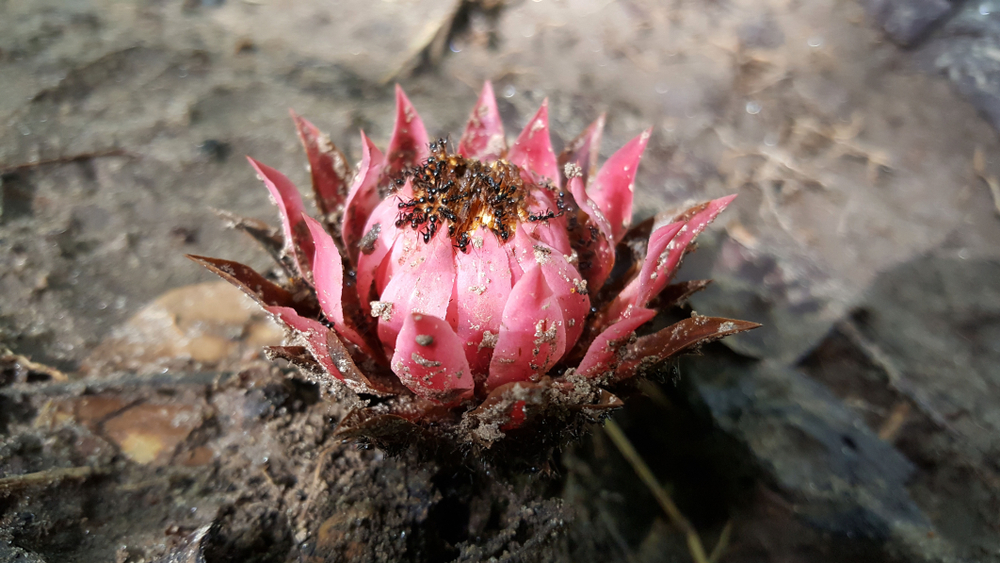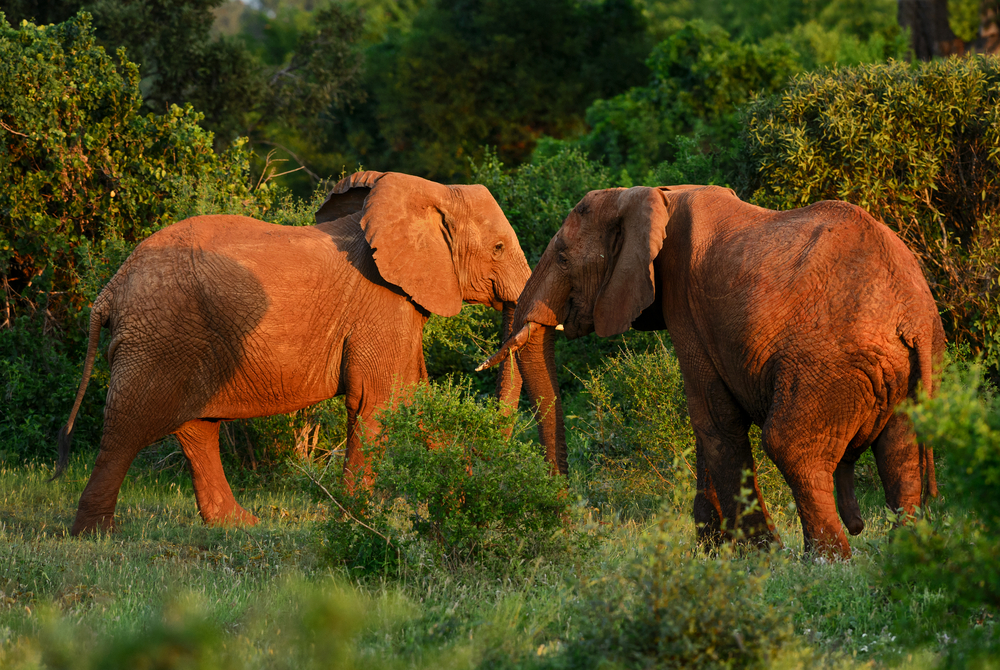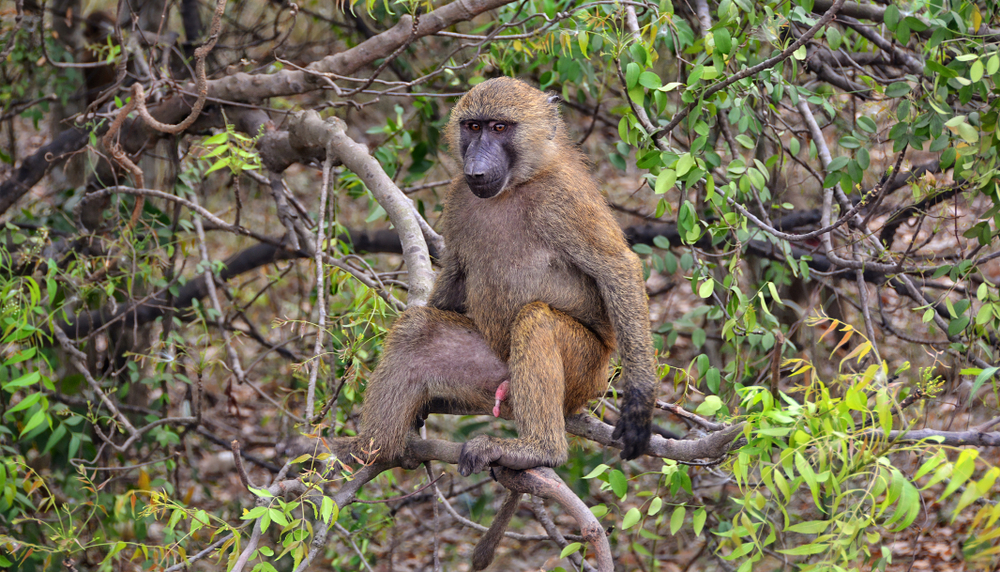Togo’s national parks are integral to the country’s efforts to protect its rich biodiversity and natural heritage. These official protected areas span diverse ecosystems, including savannas, forests, and wetlands, reflecting the country’s geographical variety. While Togo is a relatively small nation, its national parks play a crucial role in conserving wildlife, supporting local communities, and fostering sustainable tourism.
Fazao-Malfakassa National Park is the largest and one of the most significant protected areas in Togo. Located in the central region, this park covers vast savannas, dense forests, and rolling hills. It is home to a diverse array of wildlife, including elephants, antelopes, monkeys, and numerous bird species. Fazao-Malfakassa is particularly known for its picturesque landscapes, with waterfalls and lush vegetation making it a popular destination for nature lovers and eco-tourists. Despite its beauty, the park faces challenges such as poaching and limited resources for management, prompting ongoing conservation efforts.
Kéran National Park, situated in the northern part of Togo, is another important conservation area. This park features a mix of savannas, woodlands, and wetlands, creating habitats for species such as buffaloes, warthogs, and various antelope species. Kéran is also a haven for birdwatchers, with many migratory and resident bird species thriving in its ecosystems. Efforts to protect the park focus on reducing human-wildlife conflict and promoting sustainable resource use by local communities.
Abdoulaye Faunal Reserve, while smaller in size, is a vital refuge for wildlife in the northern region of Togo. The reserve’s terrain includes savannas and gallery forests along riverbanks, supporting species such as crocodiles, hippos, and monkeys. It plays an essential role in protecting biodiversity in an increasingly fragmented landscape.
Despite their ecological significance, Togo’s national parks face considerable challenges, including habitat degradation, poaching, and encroachment from agricultural activities. Conservation efforts are being led by the Togolese government and international partners, focusing on habitat restoration, anti-poaching measures, and community engagement. Eco-tourism initiatives are also being developed to create sustainable economic opportunities while raising awareness about the importance of preserving these natural areas.
Togo’s national parks offer a glimpse into the country’s diverse ecosystems and unique wildlife. From the expansive landscapes of Fazao-Malfakassa to the bird-rich habitats of Kéran, these parks provide opportunities for exploration, education, and conservation. By protecting these areas, Togo ensures the survival of its natural treasures and reinforces the importance of biodiversity conservation for future generations.













































































